Add “rolling blackouts during triple-digit heat” to the issues on embattled California Gov. Gavin Newsom’s plate. The last governor who couldn’t keep the A/C on during the summer was recalled, and California’s voters weren’t shy about letting the once super popular governor know that over this last weekend.
If there were ever a “good” time for a heatwave to blanket almost all of California, in some ways it would be during the time of coronavirus shutdowns. Sure, people aren’t able to go to pools or water parks like they would during normal times, but they’re also not going to public schools, office buildings, malls, or movie theaters. It would seem that with those buildings shut down there would be a lot more power available on the grid, ensuring adequate power for homes. Nope.
The problem started in the late afternoon hours on Friday:
For more than three hours, amid 100-degree weather in much of the state, hundreds of thousands of Californians were subjected to one-hour blackouts designed to keep the electricity grid from completely melting down. It marked the first rolling blackouts in California since the 2001 energy crisis, when the state was victimized by rogue energy traders from Enron Corp. and other companies that withheld power to jack up prices.
Yet as hot as it was Friday, the demand for electricity peaked at just 46,800 megawatts — a few thousand megawatts shy of the record 50,270 in July 2006, when Californians were literally dying in the heat but blackouts were avoided.
Rolling blackouts affected more than 200,000 customers in the Bay Area Saturday night, but were averted Sunday. By Monday morning the California Independent System Operator (Cal-ISO), the entity that oversees the state’s power grid, warned that “millions” of Californians would be affected by rolling blackouts Monday afternoon, and Gov. Newsom sprung into action.
Just kidding. Gov. Newsom leaped into “Blame” mode. Since demand was less than what was seen in July 2006, and no blackouts were needed then, why do we need them now? Newsom knows the answer – the stupid energy policies that he and Gov. Jerry “Moonbeam” Brown before him enacted – but instead promised an “investigation,” likely headed by a blue-ribbon panel, since he’s fond of such committees.
The Cal-ISO Board of Governors weren’t ready to bend over and take Newsom’s wrath. They held a special telephone conference addressing the blackouts and spelling out the problems. It was a Festivus of sorts, since it’s not often that the Cal-ISO is under the spotlight. Cal-ISO CEO Steve Berberich explained that they’d warned the California Public Utilities Commission (CPUC) that the state would need precisely the amount of power required Friday and weren’t given the authorizations they needed:
“We told the California Public Utilities Commission of a 4,700-MW need through 2022 and that gap started in 2020. Despite all that, only 3,300 MW was authorized for procurement and none starting until 2021.”
While Cal-ISO attempted to import power to fill the demand, other western states were also in the midst of a heatwave and unable to export power to California. Board members explained that power importation isn’t a long-term solution…
California is no longer able to import enough power to fill the void, [Berberich] said. To fix the problem, he added, resource adequacy must be reformed so that utilities and other load-serving entities have enough generation capacity to meet peak demand.
… and that Cal-ISO can’t arrange for more capacity than CPUC dictates:
“The CPUC is the entity assigned to make resource adequacy decisions. If there is a problem with the process Cal-ISO can’t fix it,” [Board Member Severin] Borenstein said. “This decision has to be made much higher up. Blaming the Cal-ISO for following the law is inappropriate.”
So, is there a problem with the amount of capacity CPUC allows/mandates? Why can’t California generate enough power for its needs or even the same amount of power the state generated in 2006?
Some experts say California also is feeling the effects of dramatic changes in the way it produces electricity. Notably, the state relies a lot more heavily these days on solar power, a resource that is in ample supply during the day naturally fades as the sun goes down. Friday’s blackouts began shortly after 6:30 p.m., as solar supplies were disappearing.
While solar has grown in importance over the years, mainstay energy sources like natural gas-fired plants — which can run any time — account for a smaller portion of the state’s electricity supply as older plants have been mothballed.
“We have a lot less fossil fuel generation than we had in 2006,” said Severin Borenstein, an ISO board member and UC Berkeley energy economist.
Borenstein’s fellow Cal-ISO board members echoed that on Monday’s call:
Cal-ISO’s peak load hours occur in the evening as output from California’s plentiful solar generation, including rooftop resources, fades with the setting sun. California has added almost no new gas-fired generation and is retiring older gas-fired plants, so replacement capacity is needed when evening loads, especially air-conditioning loads, run high.
Conditions are not comparable to the July 2006 heat wave, when on July 24 of that year Cal-ISO set its all-time peak demand of 50,270 MW, because California had thousands more megawatts of generation capacity available, including the now-shuttered San Onofre Nuclear Generating Station.
Yes, you read all of that correctly. California got rid of fossil fuel and nuclear plants in favor of wind and solar plants – even though those sources are unreliable – before ensuring that such plants could meet the demand. One wind plant was unable to generate power Saturday because… drum roll… there wasn’t any wind. And the state’s solar plants don’t store the power generated during the day so they’re unable to contribute to capacity when it’s dark.
If you’re about to throw something through the computer screen right now, trust me – all of your California-based RedState writers and editors are right there with you, especially those of us (like me) who signed up for a “discount” program with Southern California Edison and had six hours a day of an 81-degree thermostat over the weekend. And trust me, we don’t need any inane thoughts in the comments section right about now.
In any event, our lovely Governor has his Delusion Glasses on, making excuses and again asking OTHER Californians to sacrifice and “meet the moment” while vowing to get to the bottom of what are sure to be OTHER people’s failures (because he can’t lead and take responsibility):
“[We’re] basically putting all our energy to create more energy, all the tools in the tool kit to meet the needs of customers in the next 72 hours,” Newsom said. “But even with all of that, we are likely to fall short and we should see some episodic issues as it relates to supplying the coverage that you deserve and you demand.”
“We’ve always maintained that, a golden oldie, you can’t control the weather, but you can prepare for the weather events,” he said. “And let me just make this crystal clear: We failed to predict and plan [for] these shortages, and that’s simply unacceptable.”
Ooh but guess what? As part of Newsom’s “tool kit,” a/k/a a new Executive Order, people can use generators. Diesel generators.
Gotta love that green power.


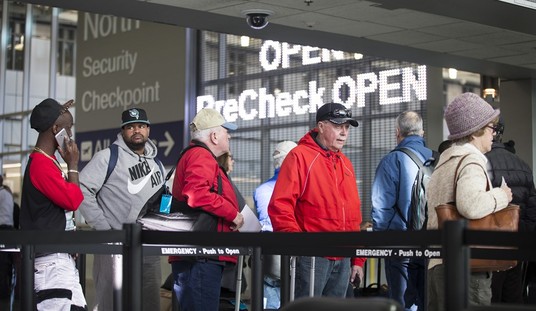

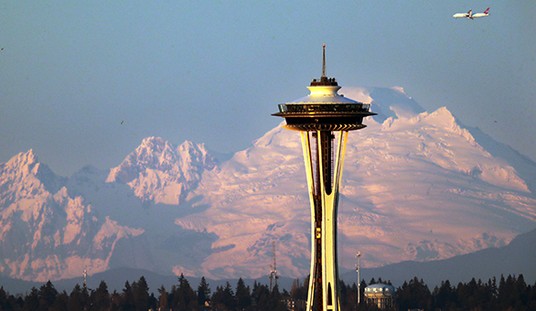
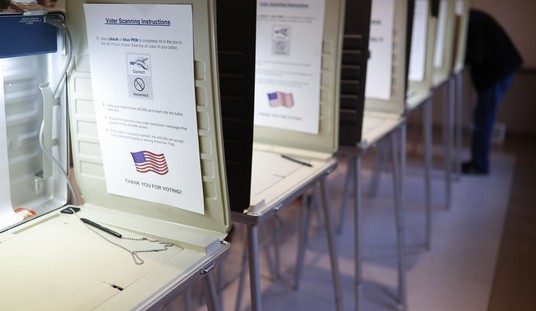





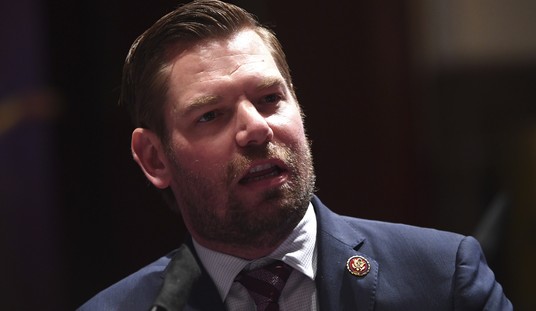
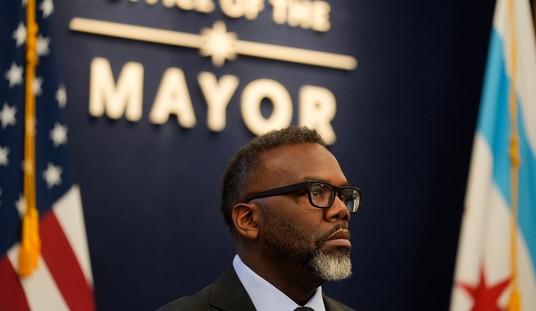

Join the conversation as a VIP Member